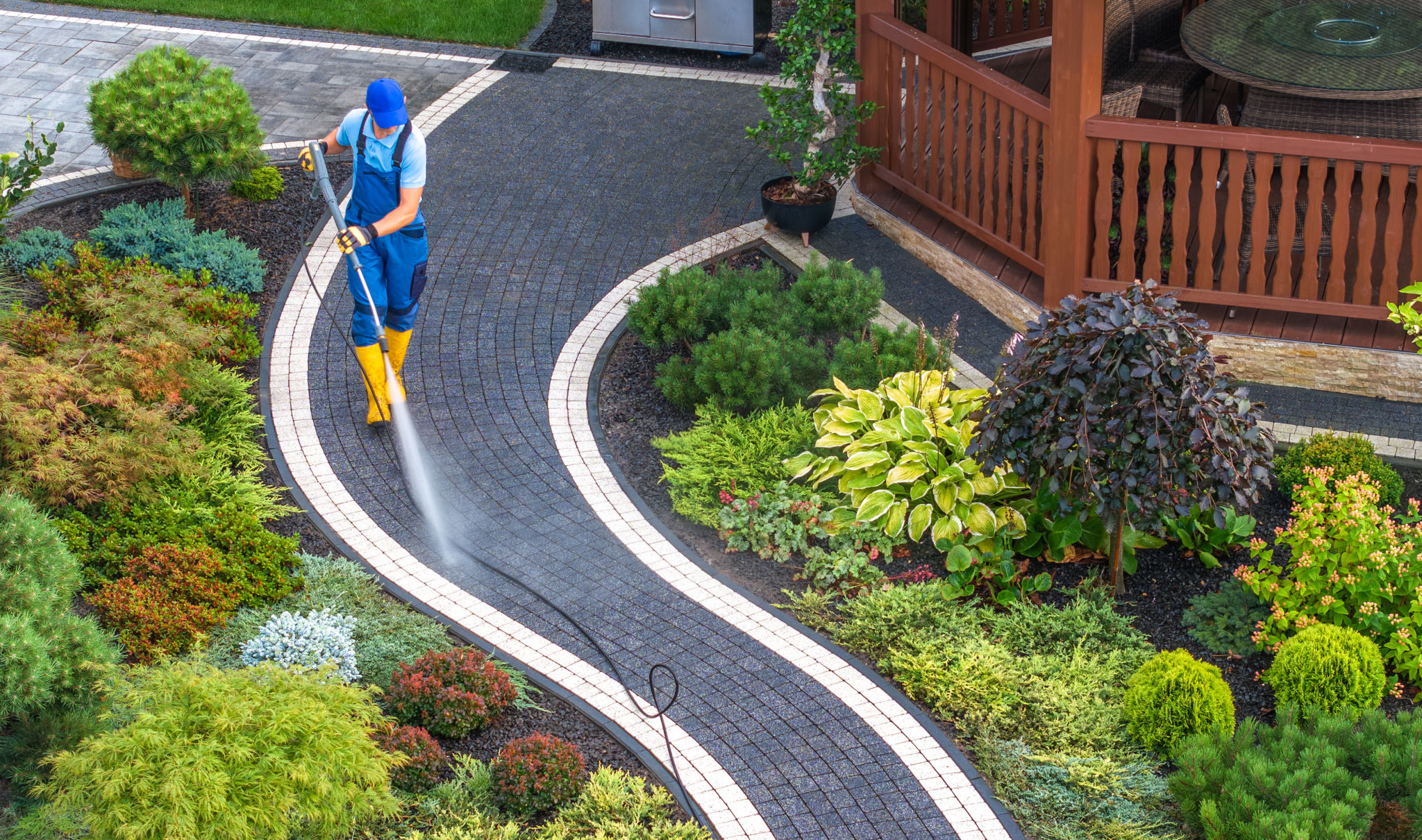The Ultimate Guide to Pressure Washing Your Home Exterior
Understanding the Basics of Pressure Washing
Pressure washing is an effective way to clean the exterior of your home, removing dirt, mold, and debris. This method uses high-pressure water spray to eliminate grime from surfaces like siding, decks, and driveways. Whether you're preparing for a fresh coat of paint or simply want to improve curb appeal, pressure washing is a vital step in maintaining your home’s exterior.
It's important to understand the different types of pressure washers available. There are electric and gas-powered models, each offering varying levels of power. Choosing the right one depends on the size and material of the surfaces you plan to clean.

Preparation Before You Start
Before pressure washing, it's crucial to prepare the areas you intend to clean. Start by clearing the space of any furniture, potted plants, or other obstacles. This will ensure you have full access to all surfaces and prevent damage to your belongings.
Next, cover electrical outlets and light fixtures with plastic sheeting or tape to protect them from water exposure. Inspect the exterior for any loose siding, cracks, or damaged areas that might need repair before washing.

Choosing the Right Detergent
Not all surfaces require detergent, but adding a cleaning solution can enhance the effectiveness of your pressure washing. Always select a detergent that is suitable for the material you’re cleaning. For instance, wood surfaces may need a different cleaning agent than concrete or brick.
It’s advisable to use environmentally friendly detergents, especially if you’re working near gardens or water sources. Follow the manufacturer’s instructions for mixing and applying the detergent with your pressure washer.
Step-by-Step Pressure Washing Process
Once your equipment is set up and the area has been prepared, it's time to start pressure washing. Here are the steps you'll need to follow:
- Test a small area: Begin with a less visible section to ensure the pressure setting is appropriate.
- Apply detergent: If using detergent, spray it on starting from the bottom and working upwards.
- Wash with water: Switch to a water-only setting and rinse from top to bottom, ensuring all detergent is thoroughly removed.

Safety Tips During Pressure Washing
Safety should always be your priority when using a pressure washer. Wear protective gear such as goggles and gloves to shield yourself from debris and high-pressure water jets. Be mindful of electrical hazards and keep water away from outlets and power lines.
Additionally, use caution when working on ladders or elevated surfaces. The force of a pressure washer can make maintaining balance challenging, so ensure stability at all times.
Caring for Your Pressure Washer
After finishing your cleaning project, proper maintenance of your pressure washer is essential for its longevity. Rinse out any remaining detergent from the machine and store it in a dry place. Regularly check hoses and connections for leaks or damage.

If you’re using a gas-powered model, drain fuel before storage to prevent damage from stale gasoline. Keeping your equipment in good condition will ensure it’s ready for future use.
Conclusion
Pressure washing can transform the look of your home’s exterior by effectively removing dirt and grime that accumulate over time. By following proper preparation, safety precautions, and maintenance steps, you can achieve professional-level results even as a DIY project. Remember that practice makes perfect; as you become more familiar with using a pressure washer, you'll find it an invaluable tool in maintaining your home’s beauty.
